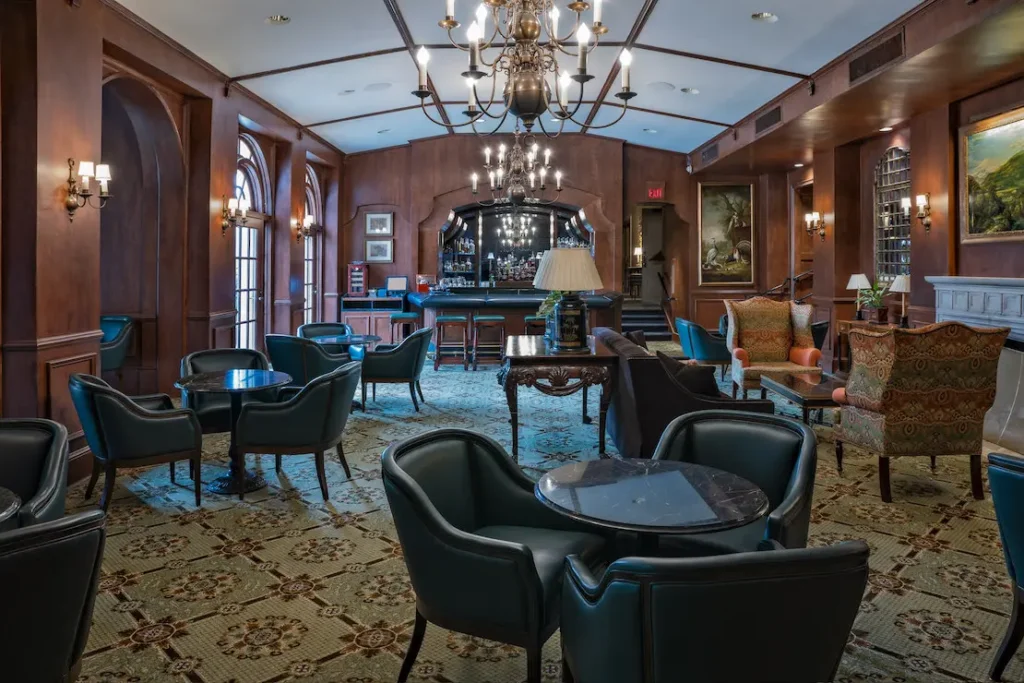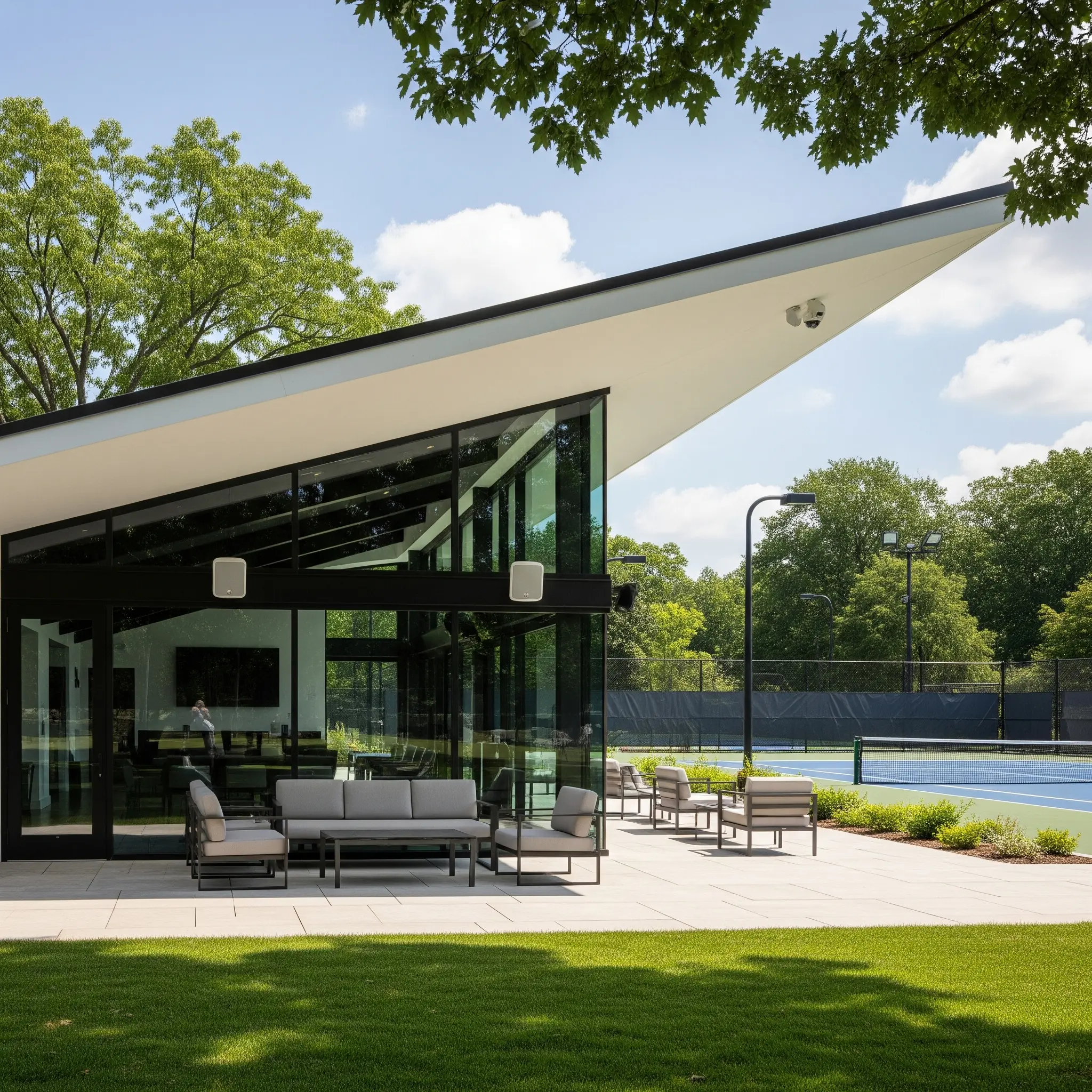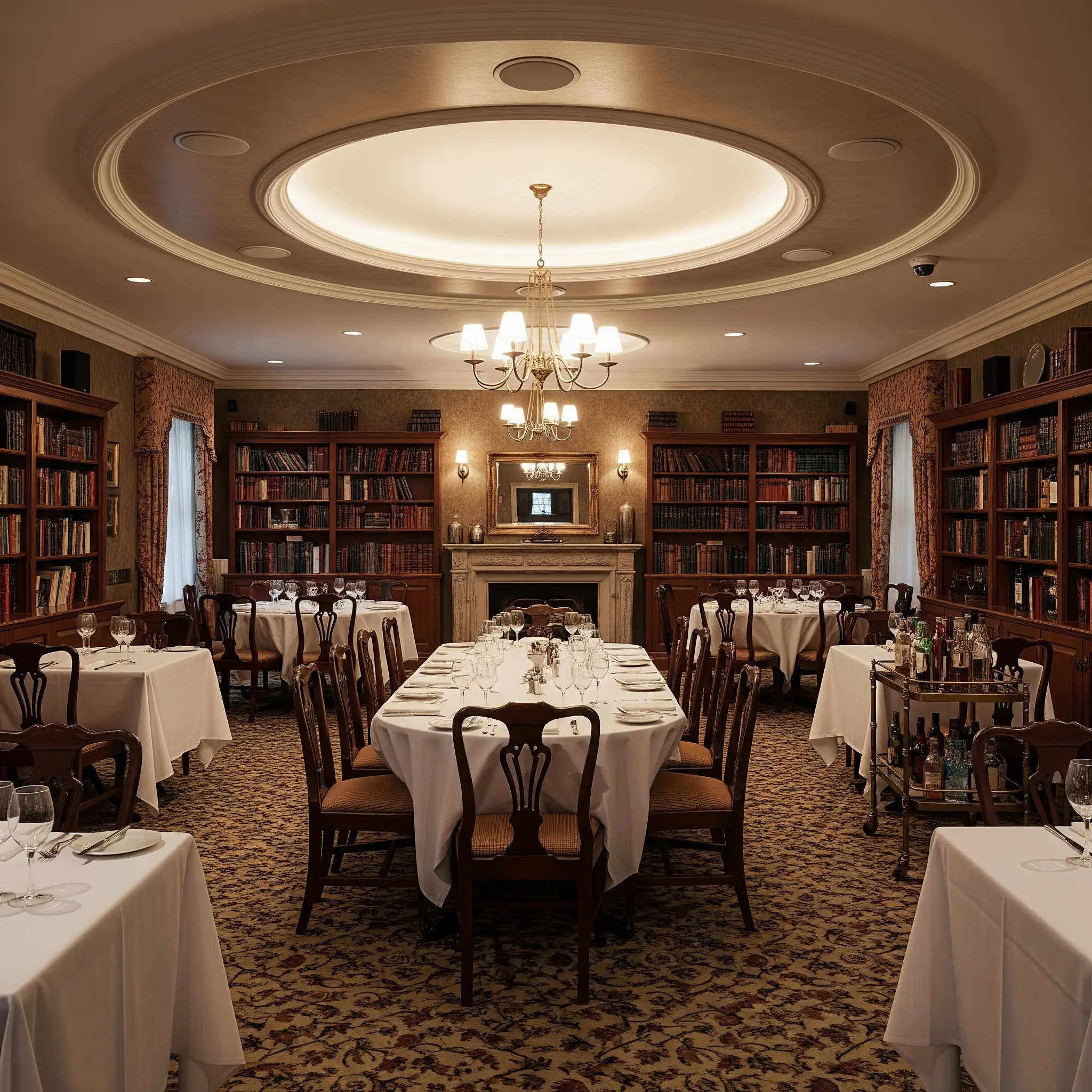Here’s how we gave a 1920s clubhouse flawless gigabit Wi‑Fi—without drilling a single hole or disturbing a single wedding.
When the general manager called, they were at their wits’ end. Wi-Fi kept dropping during weddings. POS terminals froze mid-transaction. And live-streamed events buffered right in front of hundreds of guests. All of this in a clubhouse built in the 1920s—marble floors, ornate woodwork, century-old walls—the works.
Our challenge was clear: bring this historic gem into the modern era without leaving a single scar. Easier said than done—but that’s exactly what we love to solve.
The Problem
You can’t just run fiber in a building like this the way you would in a new office. Some of the obstacles:
- Historic walls: One wrong drill and you’ve got a marble massacre.
- Limited conduits: Not exactly a fiber-friendly architecture.
- Events happening every weekend: No downtime allowed—yes, weddings count.
In short, members notice every hiccup, and nobody likes a frozen cocktail POS.
Our Approach (a.k.a. “Threading the Needle”)
We started by walking every inch of the building. Attic crawl spaces became our highways, and discreet raceways our lifelines. Every fiber run was carefully planned to avoid visual disruption, with future-proof microducts ready for expansion.
Access points were strategically placed, considering stone walls, open ballrooms, and secret corners where Wi-Fi ghosts like to hide. Redundancy was built in—if one line went down, another took over seamlessly.
Think of it as performing brain surgery… with Ethernet cables.
Constraints
Upgrading the network infrastructure for private clubs with a long history comes with strict limitations:
- Preserve historic finishes: Marble, wood, plaster—untouched.
- Minimal conduit pathways: Older buildings weren’t exactly designed for fiber.
- Time-sensitive deployment: We had three weeks to complete the deployment of seamless infrastructure that supports both speed and security while the clubhouse remained fully operational.
Design and Implementation

The solution combined planning, tech, and a bit of creativity:
- Fiber Pathing: Through attics and crawl spaces to stay invisible.
- Microduct Installation: Future-proof conduits for expansions without new construction.
- Discreet Raceways: Surface-mounted channels, color-matched to walls and trim.
- Access Point (AP) Density Planning: Optimized coverage in tricky spots, integrating access points, structured cabling, and digital systems.
- Redundancy: Dual fiber loops for uninterrupted connectivity.
Every step ensured the network infrastructure performed flawlessly without a single marble scratch.
What to Ask Before Upgrading Your Historic Club’s Network
- Where are the weak points—and how are they affecting members?
- What areas require the most coverage: event spaces, patios, or offices?
- Can we install it without modifying any historic surfaces?
- Do we need failover or backup connectivity?
- Who will maintain it after installation?
Working with a trusted partner who understands historic constraints reduces the likelihood of expensive mistakes, delays, and disruptions to day-to-day operations and member experience.
Macrotek’s Transformative Results

Before:
- Slow speeds, Wi-Fi dead zones, constant complaints
After:
- Gigabit speeds everywhere
- Full coverage in ballrooms, patios, and secret corners
- Near-zero downtime
- Support tickets practically disappeared
Staff, management, and members were genuinely happy.
Want This Kind of Magical, Marble-Friendly Network Infrastructure for Private Clubs Upgrade?
Message “FIBER” to info@macrotekservices.com and we’ll map your backbone in 30 minutes, showing exactly how to get modern speeds without harming a single historic surface.


